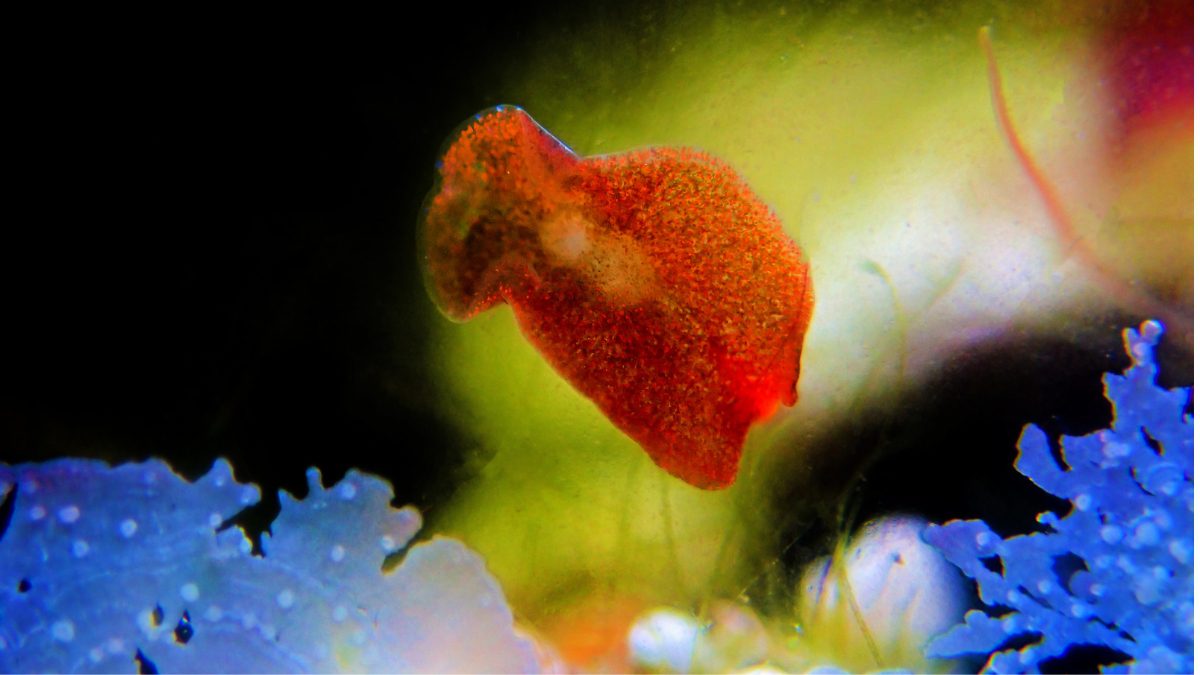The scientific study of intelligence has explored more domains than ever before: human intelligence, animal intelligence, artificial intelligence, even plant intelligence. Could intelligence extend further, even to the level of cells and subcellular components?
Enter Dr. Michael Levin, a biology professor at Tufts University and director of the Allen Discovery Center. His work in developmental biology and regenerative medicine has asserted that there can be intelligent activity even without a brain. He and his colleagues have adopted a simplified definition of cognition. Quoting William James who claimed, “Intelligence is the ability to reach the same goal by different means,” Levin’s working definition is that cognition is about pursuing goals of some type.
Teleology is not dead
Essentially, Levin reclaims the common sense view that teleology or “goal directedness” is a real phenomenon in biological systems, engineered or natural. Years ago biologists concluded that seeing goal-directedness is an anthropomorphic interpretation, not a driving force at work in biological systems. Unfortunately this fear of human bias may blind researchers to legitimate areas of investigation. As Levin’s research convincingly shows, not only does the idea of goal-directedness in biological systems generate useful research questions, the inherent capacities at the molecular and cellular level can be harnessed and manipulated to create desirable outcomes. Levin added,
What we’ve seen both as workers in regenerative medicine and bioengineers is that the most efficient way to control something as complex as a collection of competent subunits like cells, is to not try to micromanage it. It is actually to take advantage of the large-scale cognitive capacities that these things have.
In a paper describing his theory, Technological Approach to Mind Everywhere (TAME), Levin defines goal-directedness as a “feedback system that operates to maximize some specific state of affairs.”
Using the example of the single-celled Lacrymaria, Levin shows how this organism with no brain and no nervous system is still able to fulfill its metabolic needs: finding food, navigating its local space, and so on. He also describes how the flatworm Planaria can regenerate entirely new worms from any part of their body. “So you cut them into pieces–the record is something like 275 pieces–and each piece regrows exactly what’s missing including the brain, and you get perfect little worms.”
Collective intelligence and cognitive light cones
Levin describes organisms as “collections of intelligences.” The idea of collective intelligence is not new. Evidence from nature abounds from ant colonies to swarming bees, or molds using sonar-like capabilities to map the surrounding environment. What is notable about Levin’s assertion is that individual cells within an organism can display intelligent activity. Results from their experiments show clearly that collections of cells,whether one is talking about tissues during development or regeneration, successfully navigate within a space to obtain specific goals in novel and surprising ways when there is a shift in the normal developmental pathway. In the regeneration of a salamander’s limb for example,
No individual cell knows what a finger is or how many fingers you’re supposed to have but the collective absolutely does. The reason we know it does is because if you’re a salamander and some of your fingers are cut off what will it do? It will regrow exactly the right number of fingers. Then the most magical thing of all is it stops when it’s done. In order to stop it has to know what the correct shape is; it has to know that the delta now is zero; the error is very low, now we can stop. So In development there are absolutely goals like this.
His TAME theory describes the spectrum of intelligences using the model of “cognitive light cones” A cognitive cone corresponds to the biggest goal in space and time that the creature is able to pursue. These spaces are “in anatomical, physiological, transcriptional, and 3D (traditional behavioral) spaces.” The image below illustrates what he means.

Images by Jeremy Guay of Peregrine Creative. Used with permission from the author.
Focusing on latent capacities already inherent in cells, Levin hopes his approach can piggyback on the extraordinary capabilities of life that have been evolving for hundreds of millions of years.
Levin firmly believes that by exploring and harnessing the inherent goal-directedness of biological systems, research in regenerative medicine and developmental biology is poised to accelerate, increasing the likelihood to someday reach lofty therapeutic goals like organ and limb regeneration in humans. By exercising some humility and recognizing that intelligence comes in many shapes and sizes, including microscopic forms, we have much to learn from even the smallest forms of life.
Maggie Ciskanik is a former neurological nurse and science educator. She is a regular contributor to the Magis Center for Faith and Reason, Purposeful Universe, and Aleteia.
